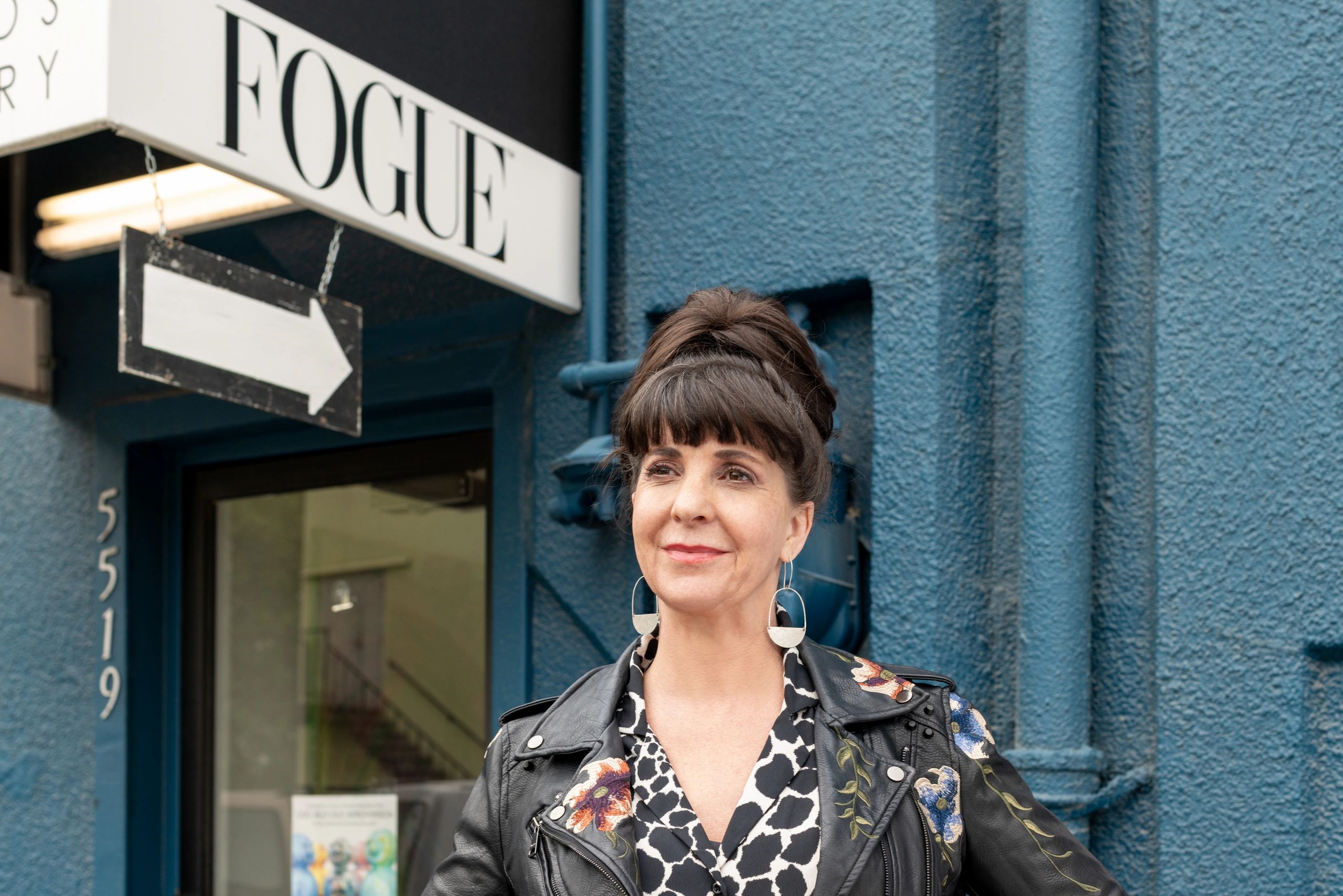The COVID-19 outbreak and resulting lockdowns have fast-tracked the shift to digital for many companies out of necessity. From grocery to PPE to car-buying, more and different consumer segments are embracing online purchasing and services using a range of devices.
For businesses already selling online, this has likely meant a renewed focus on changing habits and demographics. For example, the number of shoppers 65-years or older alone has grown 12.2% since March according to a report by ROI Revolution.. Businesses that have not yet invested in digital or online shopping tools and platforms are operating from behind the curve and must move quickly to either close the gap or be permanently left behind.
A number of well-known brands have found themselves ahead of the game by virtue of pre-pandemic investments in digital tools. A recent Wall Street Journal article examined how Domino’s Pizza (among others) was well-positioned for a jump in online orders because it had already made big bets across its web, mobile, and social media platforms, providing consumers with multiple ways to order pizza quickly and easily once stay-at-home orders hit.
Pandemic Traffic Patterns
Waze is an example of a company that had to pivot quickly given changing consumer habits during the pandemic. Some cities put driving restrictions in place to slow the spread of the virus while people working from home or sheltering in place dramatically reduced their driving footprint to necessary trips only.
Those that were still driving needed accurate, efficient directions with up-to-the-minute updates so they could avoid hotspots, detours, or closed destinations. Essential workers also needed critical routing information to be punctual for hospital shifts or other critical jobs.
Dani Simons is Head of Public Sector Partnerships at Waze. She told me that through the company’s volunteer Map Editors and government partners, Waze was able to add tens of thousands of emergency food distributions, medical testing centers, quarantine-related road closures, and in-app reminders about local restrictions to the U.S. map.
Through a partnership with SpotHero and ParkWhiz, Waze was able to assist essential workers with finding discounted parking rates near medical centers. And the company even added new features and badges to find food, gas, and other basic service providers offering minimal contact interactions.
Because the pandemic continues to unfold and its long-term impacts on mobility are unclear, Waze has also taken the proactive step to make its COVID-19 Impact Dashboard externally available to governments, academics, and other stakeholders so they can better understand current driving trends in their area.
Selling Art Online
But local brands have also had to respond to this pandemic-induced shift online. Patti Curtis owns an art gallery and studio called Fogue Studios in Seattle, Washington. Before COVID-19, her website was essentially an online brochure.
Once the virus began spreading and lockdowns were instituted across the country, she realized she needed to reimagine her online presence as a critical part of her business. In order to remain afloat, she said online tools from GoDaddy allowed her to quickly expand her site to add ecommerce capabilities and include over 200 original pieces of art.
Understanding that many of her buyers were struggling financially, she also wanted to make sure the site appealed to a wider audience by dedicating a portion of it to original artwork under $100. Beyond this broader financial base, the site has also been successful in reaching a much wider audience geographically using social media promotions.

Plan for Success
It’s important to realize that the window has not closed on the opportunity to embrace your own digital transformation. As the pandemic stretches on, more businesses will pursue a fast turn on this evolution or plan to expand on a current one. If you are planning to invest in new or greater digital tools, it’s critical to ensure you have a solid foundation in place. At Chariot Solutions, we recommend a five-point approach.
- Business-driven technology plan: as we’ve discussed before, it’s critical that your technology decisions be informed by business goals. Our Discovery and Analysis Phase helps to outline goals, challenges, and demands of any digital transformation effort before ever choosing a piece of tech. This is an effective way to protect your investment and ensure buy-in from the many stakeholders within your company.
- Resource assessment: once you’ve mapped your initiative, perform a realistic assessment of your available resources – both human capital and budget. Identifying a solid technology team that includes a tech lead, product lead, UX/UI experts, and key developers is critical. Some businesses may have this all under-roof, others may have to enlist outside providers. Know before you begin.
- Flexible roadmap: you know the saying about best-laid plans. With apologies to Robert Burns, he likely never met a product rollout plan. Rarely do timelines, go-lives, or pressure testing scenarios go as expected. If pushing massive change in response to an external event like the pandemic, chances are your launch will experience delays or setbacks. Build in redundancies and cushion to account for builds, beta testing, crash reporting, and QA testing.
- Extensible architecture: it’s critical to have a simple, extensible architecture in place for both software and mobile development.
- Minimum Viable Product strategy: define what a minimal viable product (MVP) is for your team and what success looks like for that threshold. Then put a product owner in place with a clear vision of what needs to be done, and who can create realistic timelines and deliverables. This same MVP approach can be recycled when you’re ready to add new features or projects over time.
Whatever your plans and timeline, using this checklist to sanity check your readiness is a good first step. Many consumer habits adopted during the pandemic are likely to stay with us permanently. Using this opportunity to augment or even remake the online components of your business can give you a headstart on slower-moving competitors.
This article was written by Tracey Welson-Rossman, CMO of Chariot Solutions, and frequent Forbes contributor. You can view the original post here.
